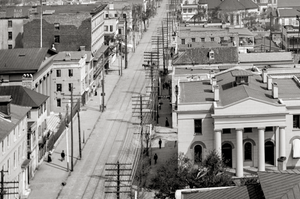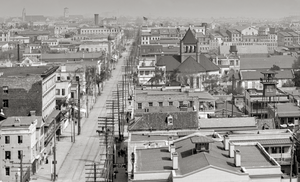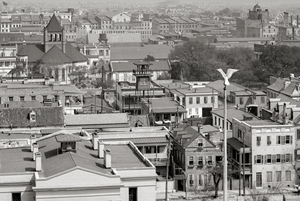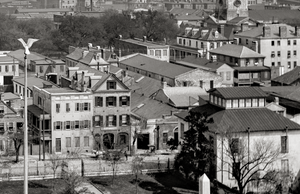Your Cart is Empty
Free and Fast Shipping | 30 Day Money Back Guarantee





Discover the transformation of Charleston, South Carolina, at the turn of the 20th century, a time of recovery, growth, and cultural richness. As Charleston emerged from the aftermath of the Civil War, the city witnessed a significant shift from its traditional plantation economy to a more diverse economic landscape. The burgeoning phosphate mining industry became a cornerstone of the local economy, capitalizing on the global demand for fertilizers. Meanwhile, Charleston's historic port, one of the oldest in the United States, thrived with enhanced facilities, supporting both import and export activities crucial to the city's growth.
This era also saw Charleston making strides toward industrialization, although its manufacturing sector grew at a slower pace compared to other regions. Tourism began to take root, drawn by the city's enchanting historical allure and vibrant cultural scene. Charleston's demographic fabric was richly woven with a majority of African Americans, alongside whites of various European descents and a sprinkling of immigrants, each contributing to the city's unique cultural tapestry.
Despite prevailing social inequalities, Charleston was a melting pot of emerging middle and working classes, adding depth to its economic and cultural landscapes. The arts flourished, fed by the city's diverse populace and deep historical roots, making Charleston a beacon of tradition and innovation. Explore this pivotal period in Charleston's history, where recovery and adaptation paved the way for a future filled with promise.